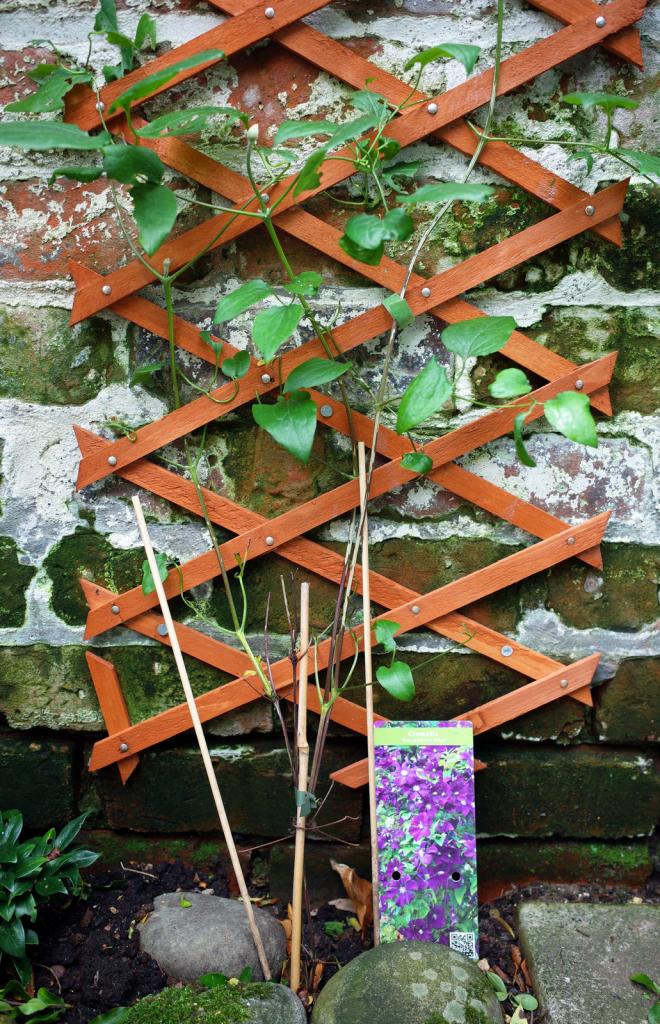I purchased this clematis (warszawska ****) in a very healthy state from my excellent local nursery. I planted it at the correct depth, watered and so far it has been looking sickly with some aphid trouble around the flower stems and leaves which are rubbed off daily. Unfortunately something ate through the flower head before it opened so I cut it off to encourage new shoots. Unfortunately the new shoots are coming up with blackened, sickly looking edges.
The nursery said that they have enough food to keep them going for some time in the compost they are potted in. Other clematis I bought from there are doing fine. It is in the shade as the label does state that it can be grown in shade. Sprinkled a little chicken manure pellets around the top to help it a couple of days ago. Also sprayed the leaves with organic seaweed when I did the whole garden a week ago.
What could be wrong, and what can I do to give it a boost ?
The nursery said that they have enough food to keep them going for some time in the compost they are potted in. Other clematis I bought from there are doing fine. It is in the shade as the label does state that it can be grown in shade. Sprinkled a little chicken manure pellets around the top to help it a couple of days ago. Also sprayed the leaves with organic seaweed when I did the whole garden a week ago.
What could be wrong, and what can I do to give it a boost ?






Comment